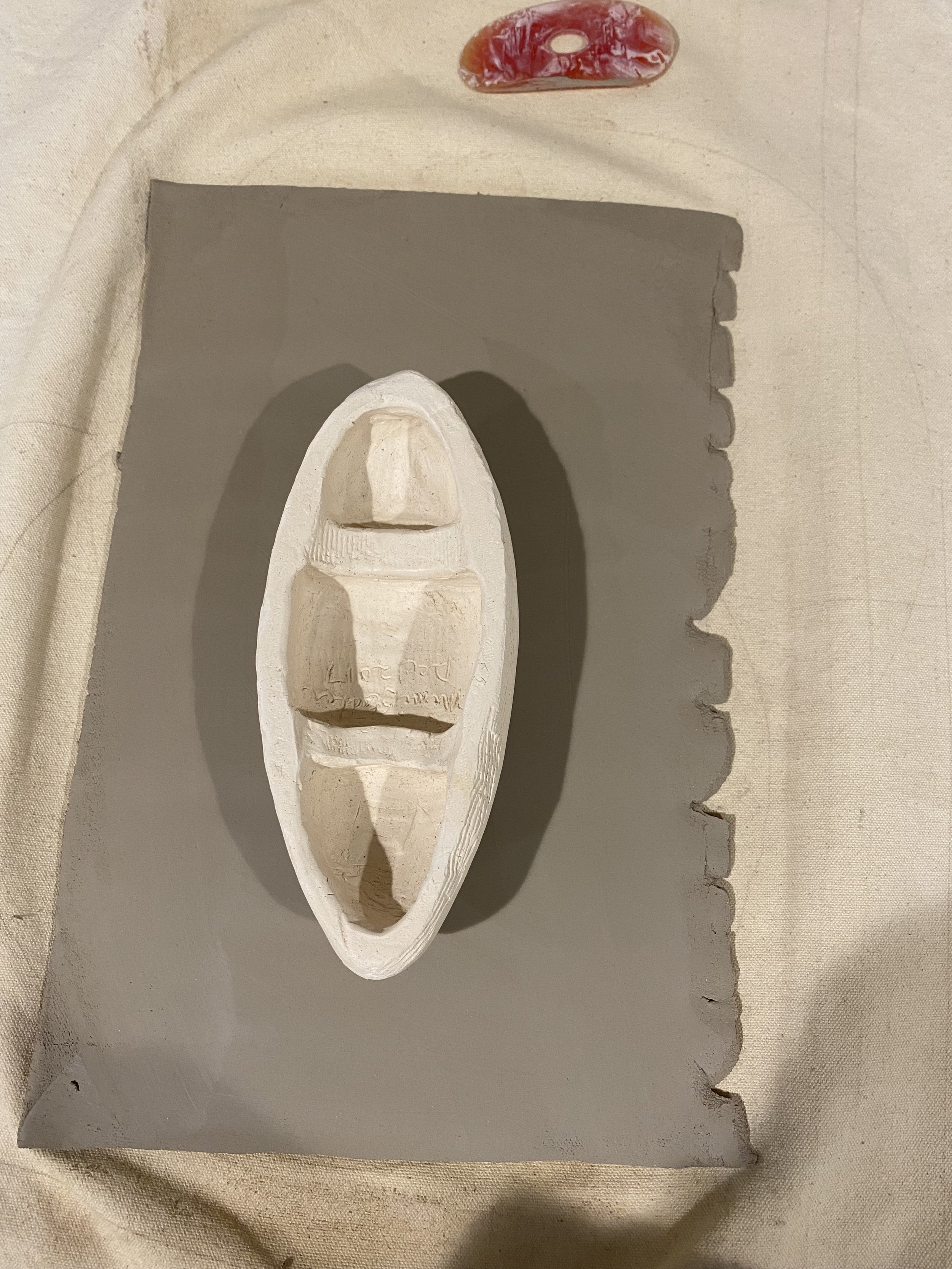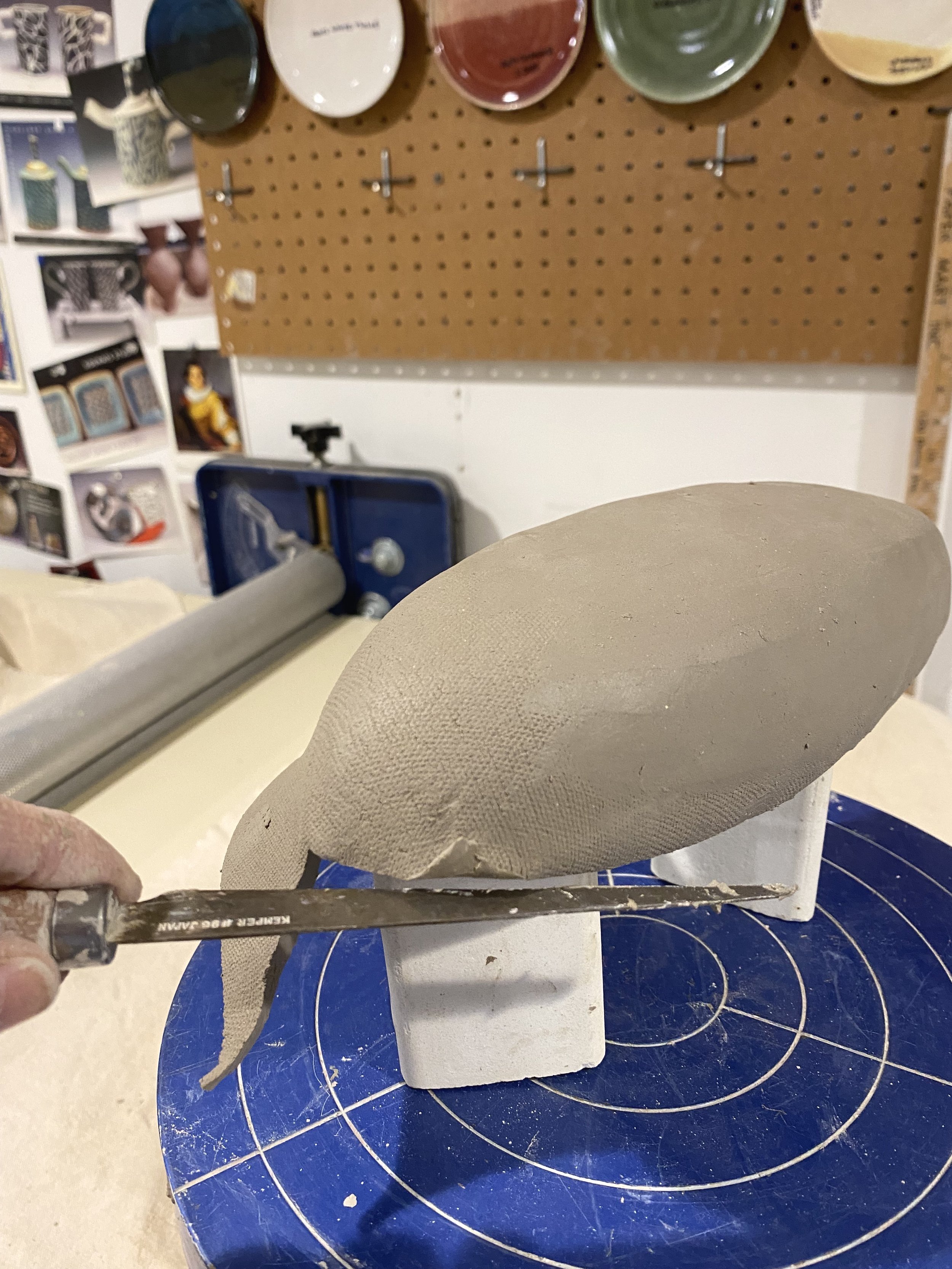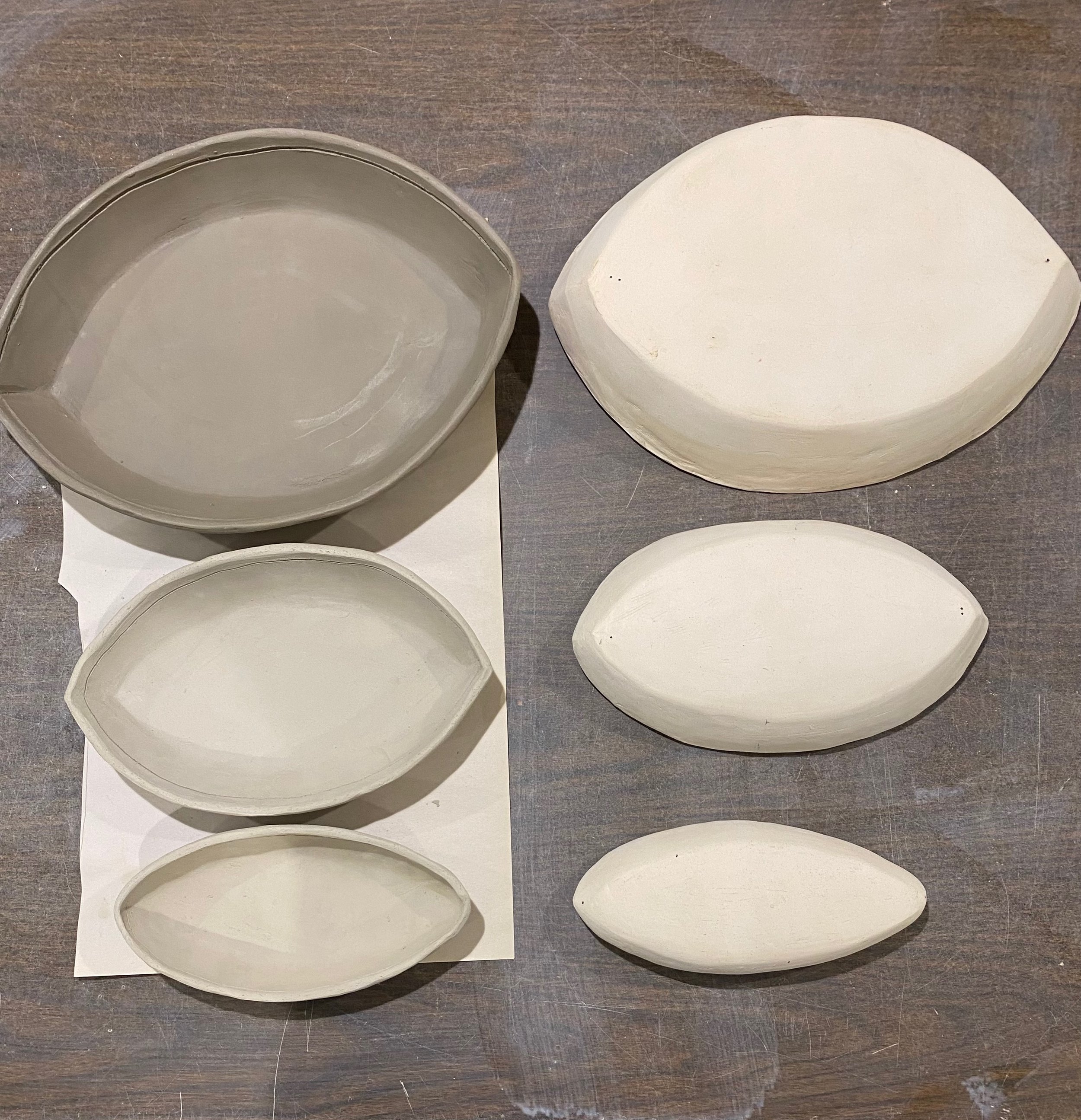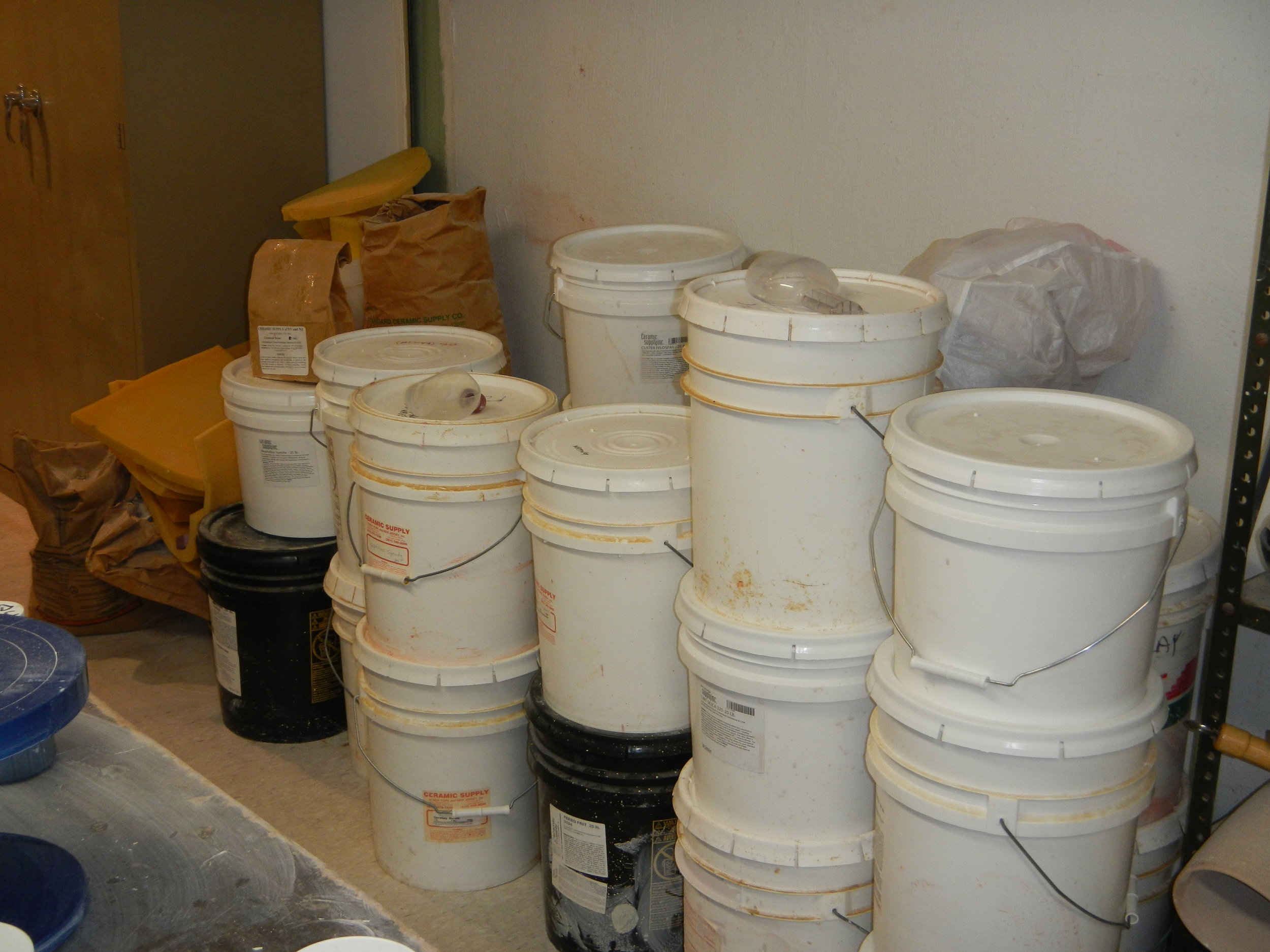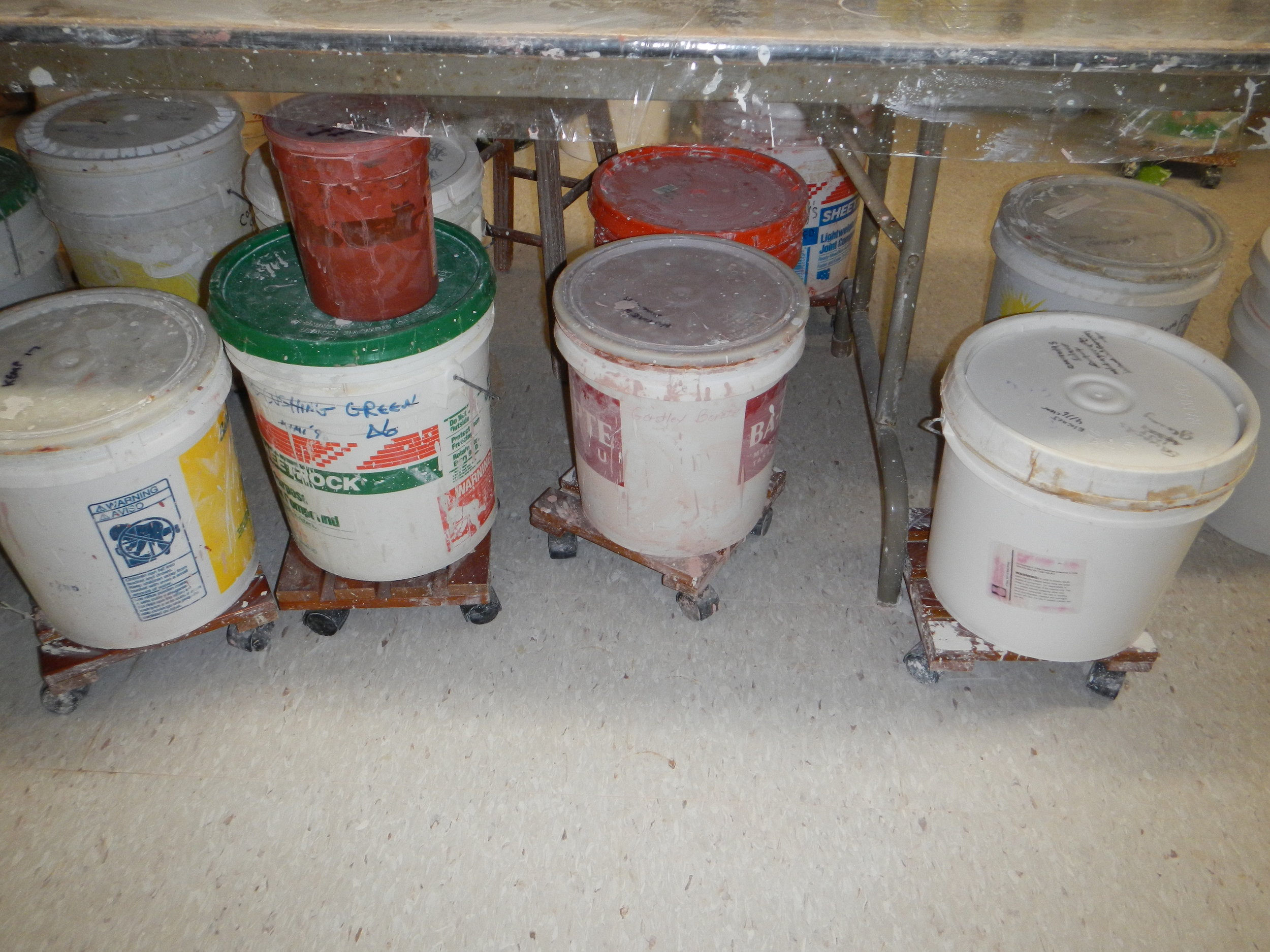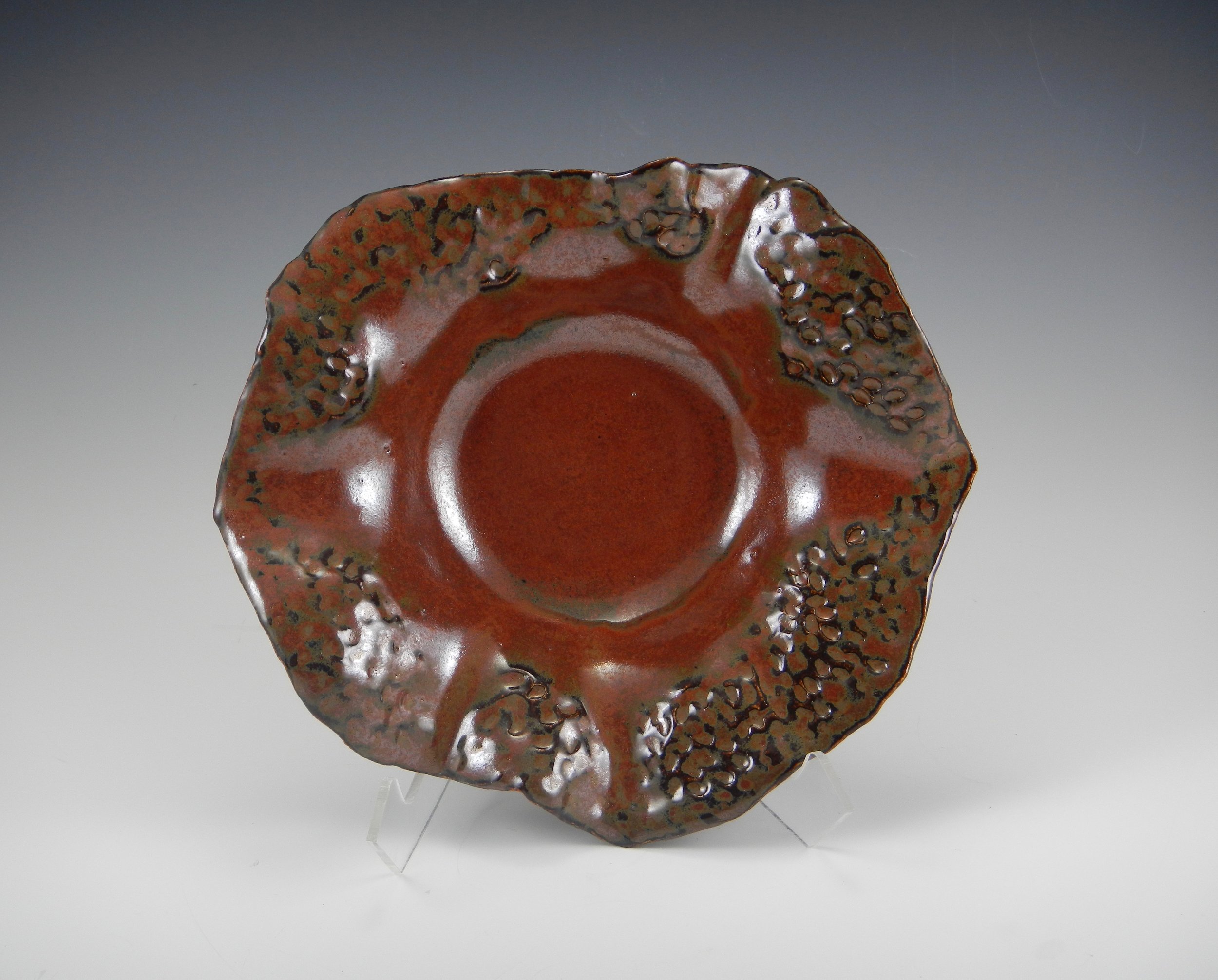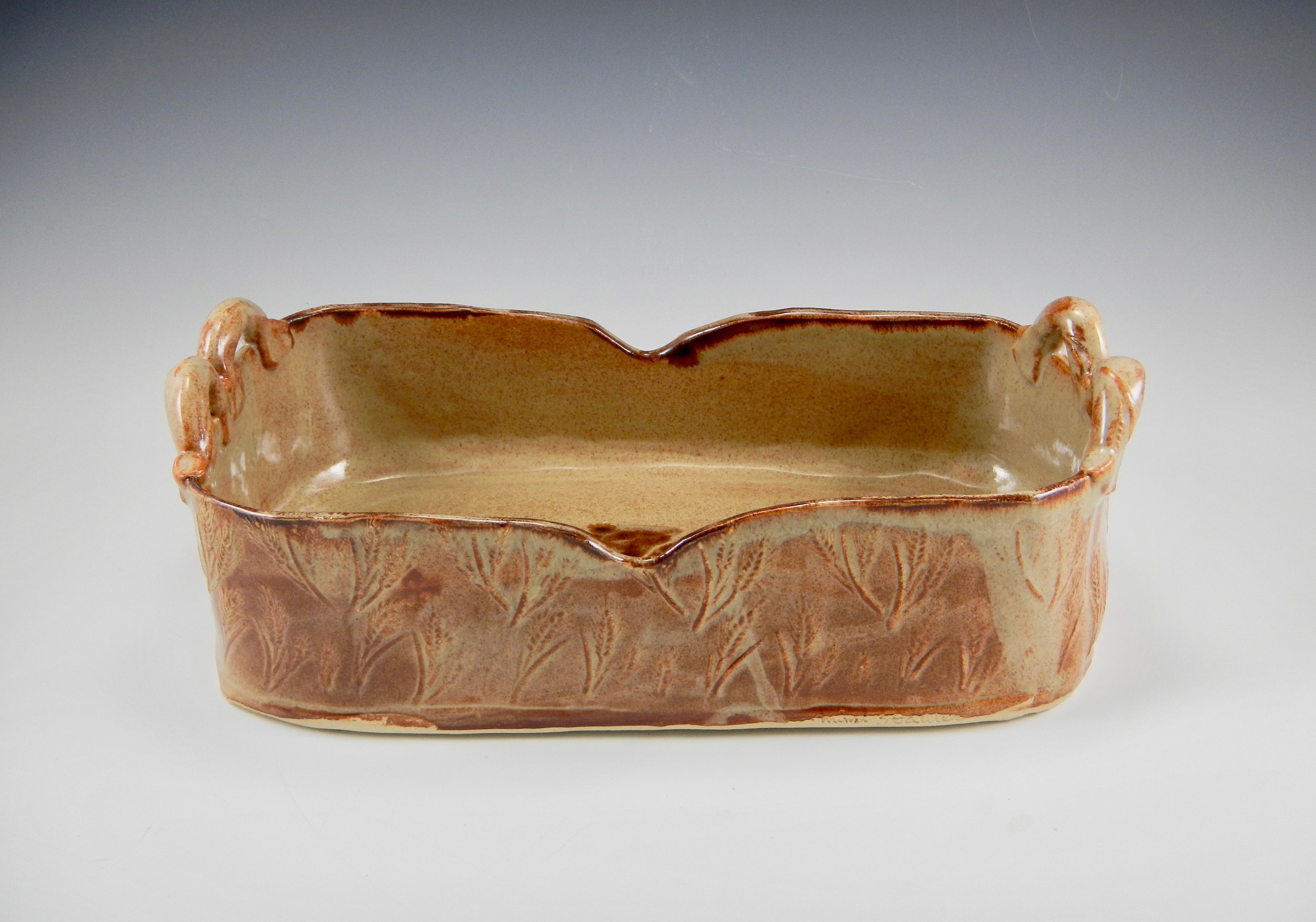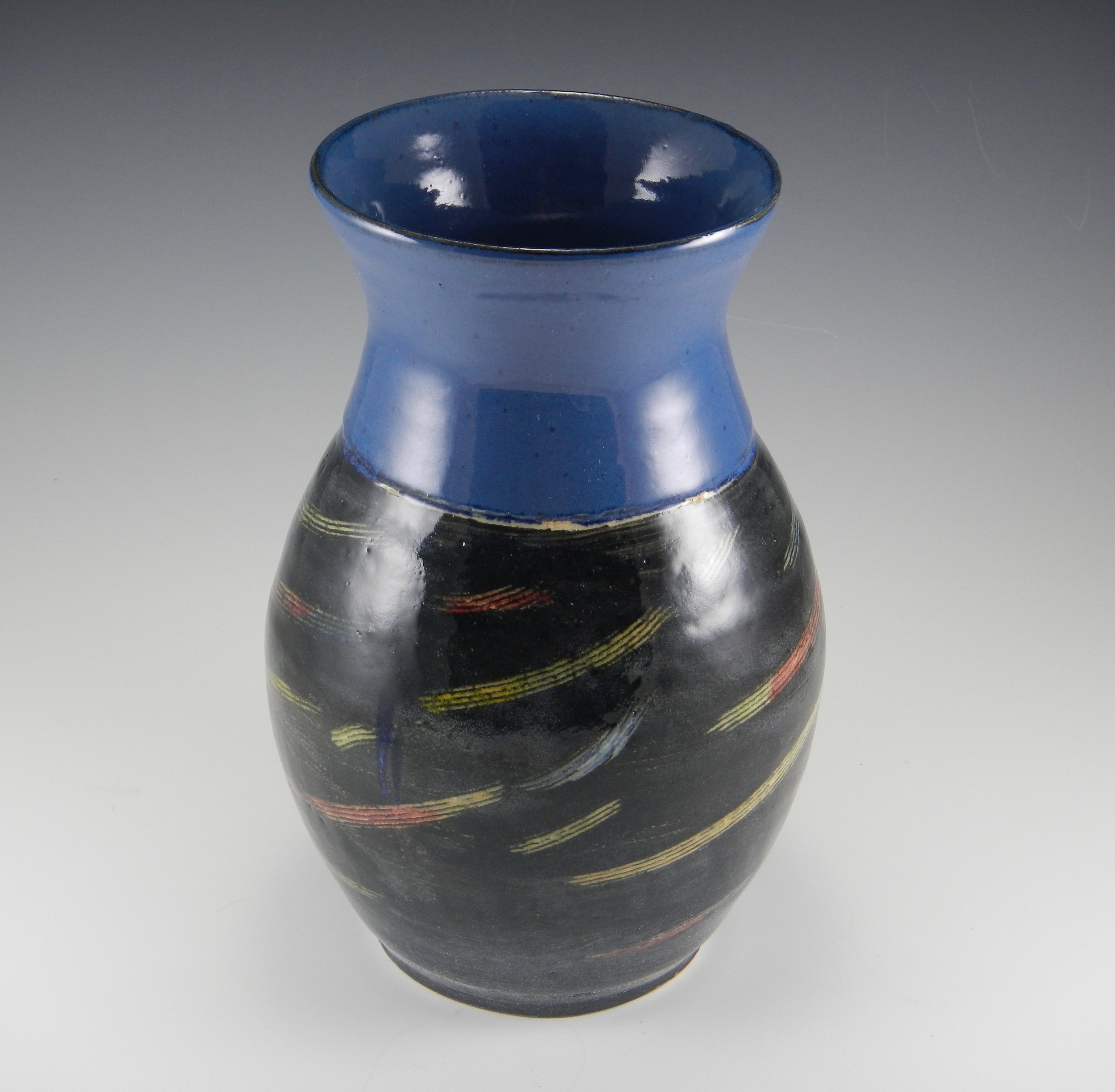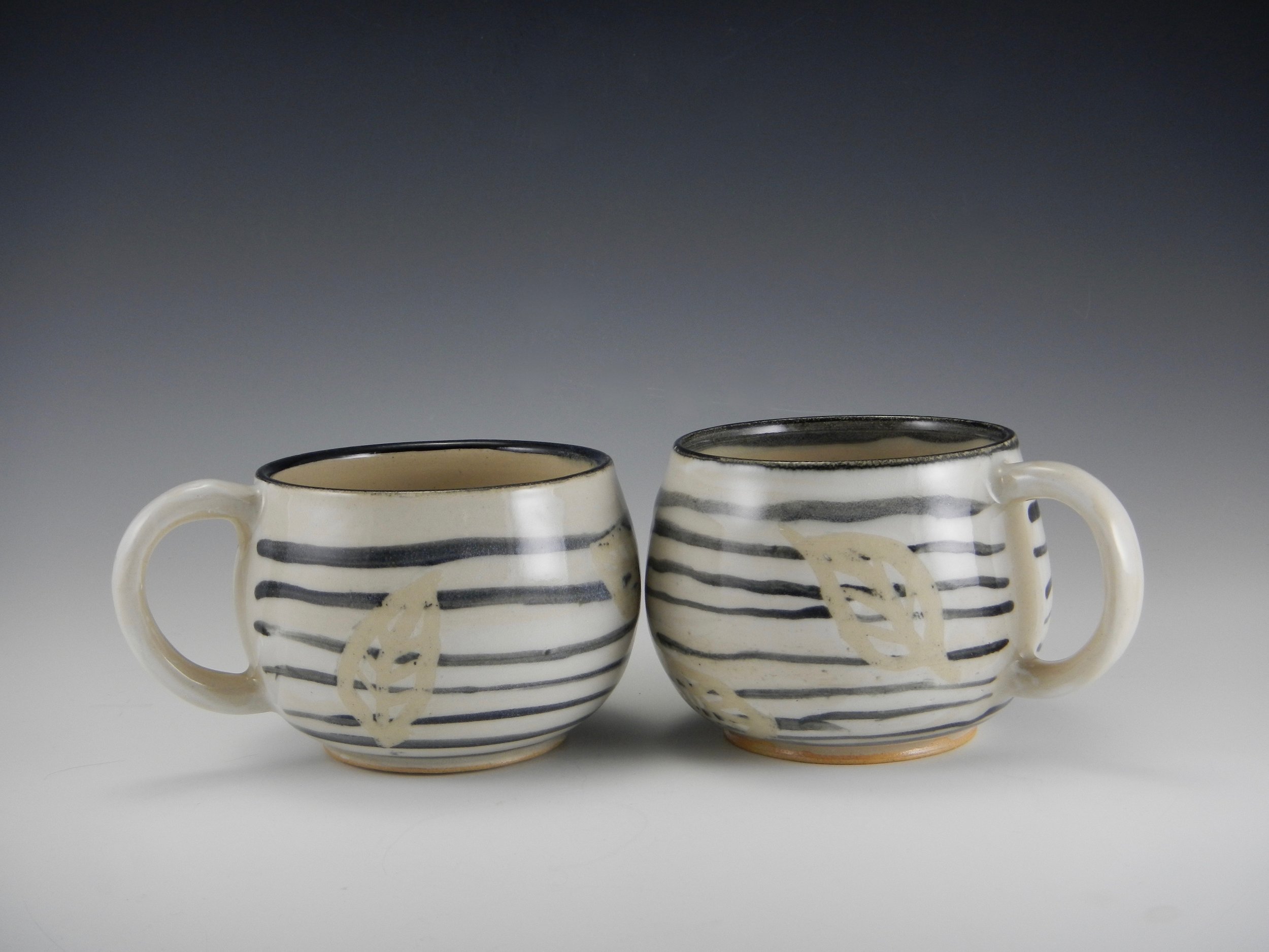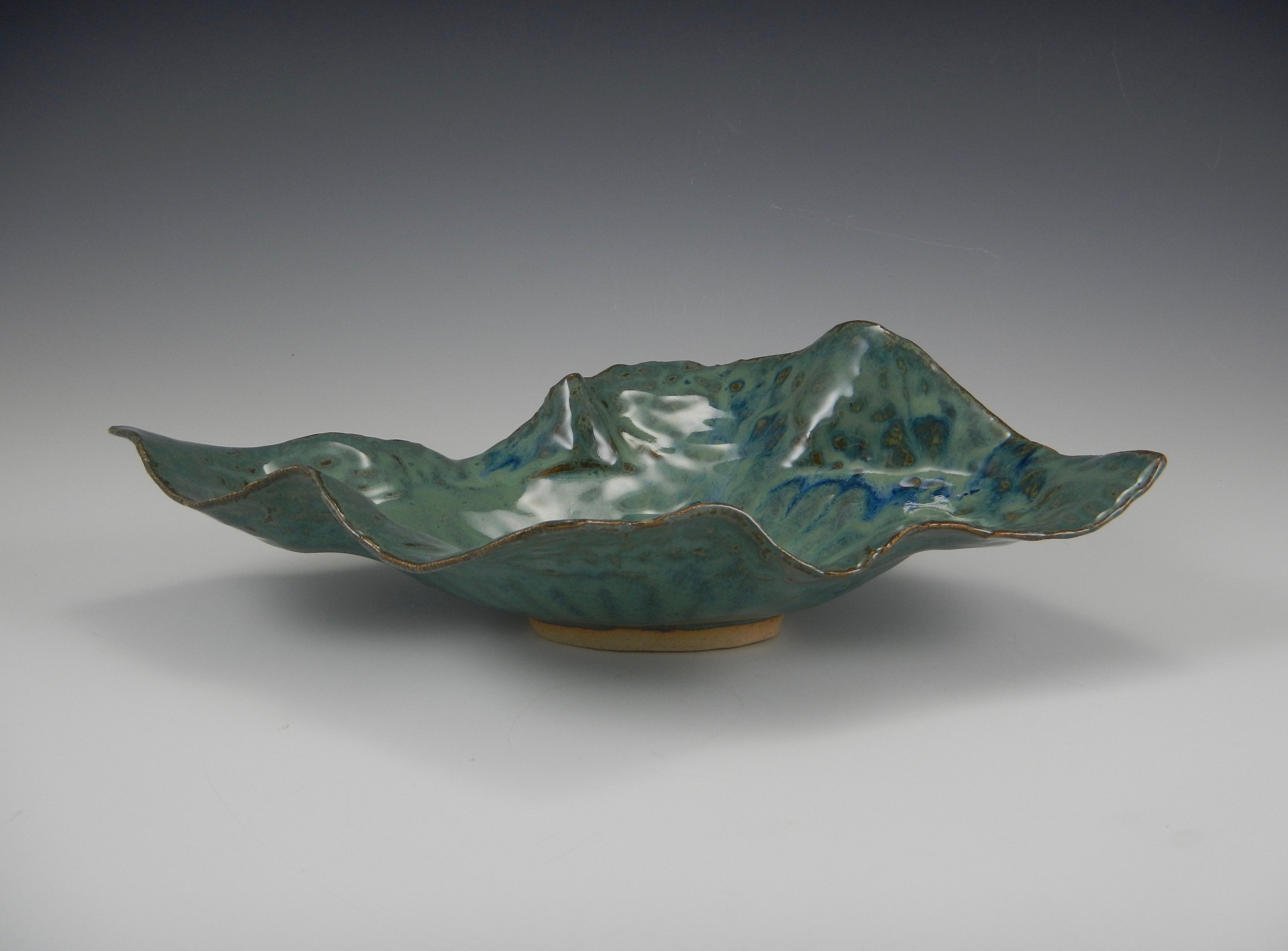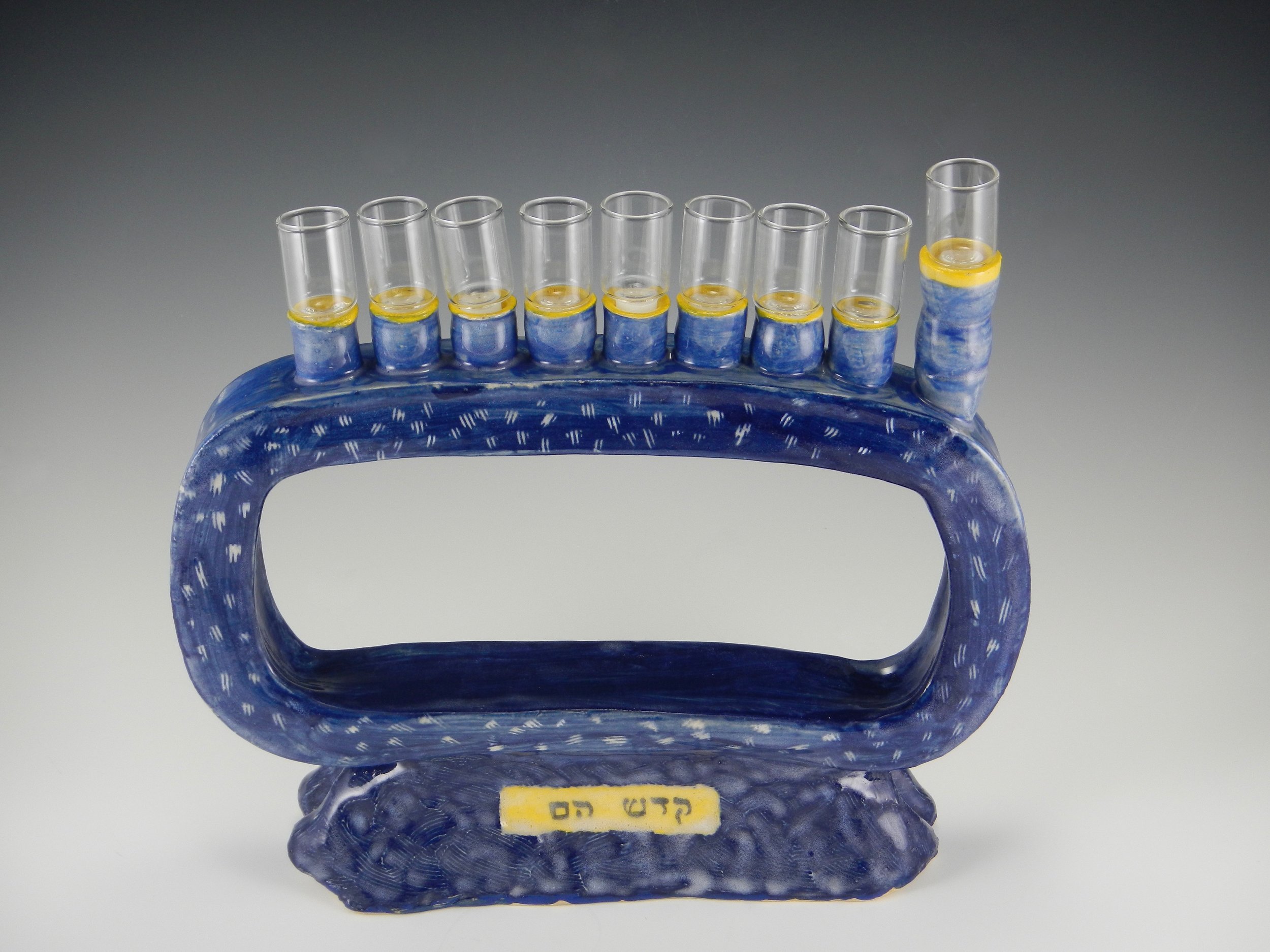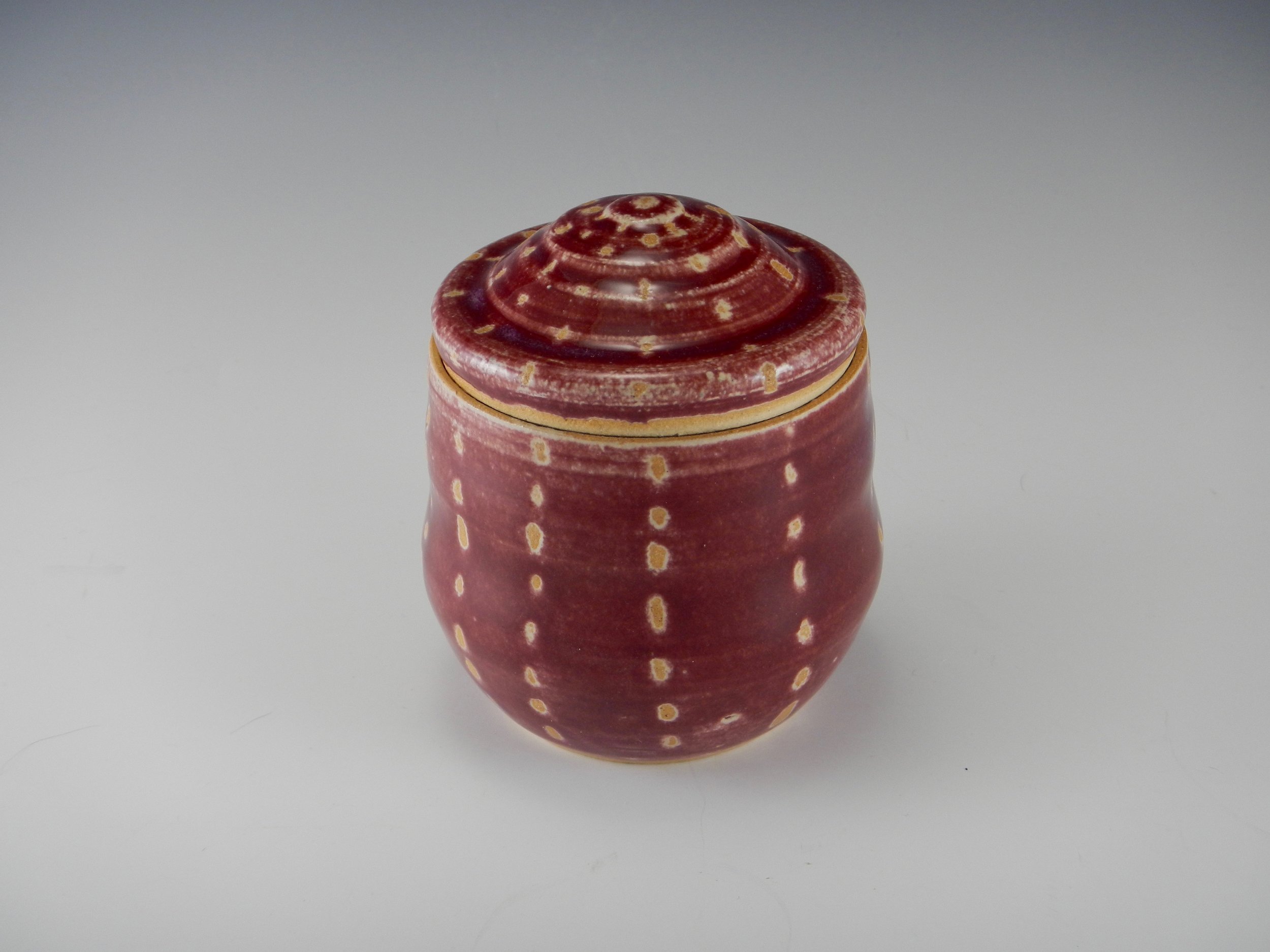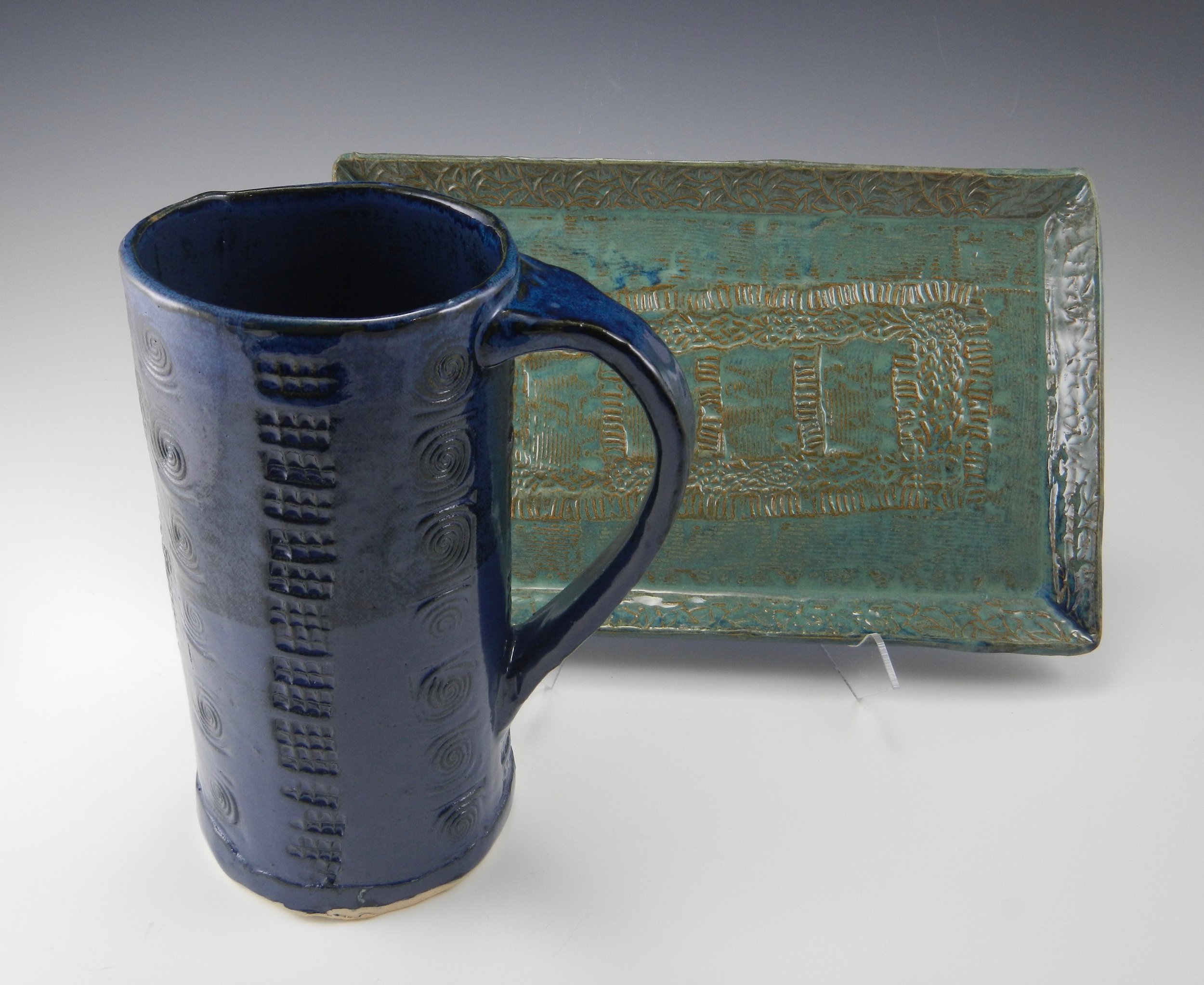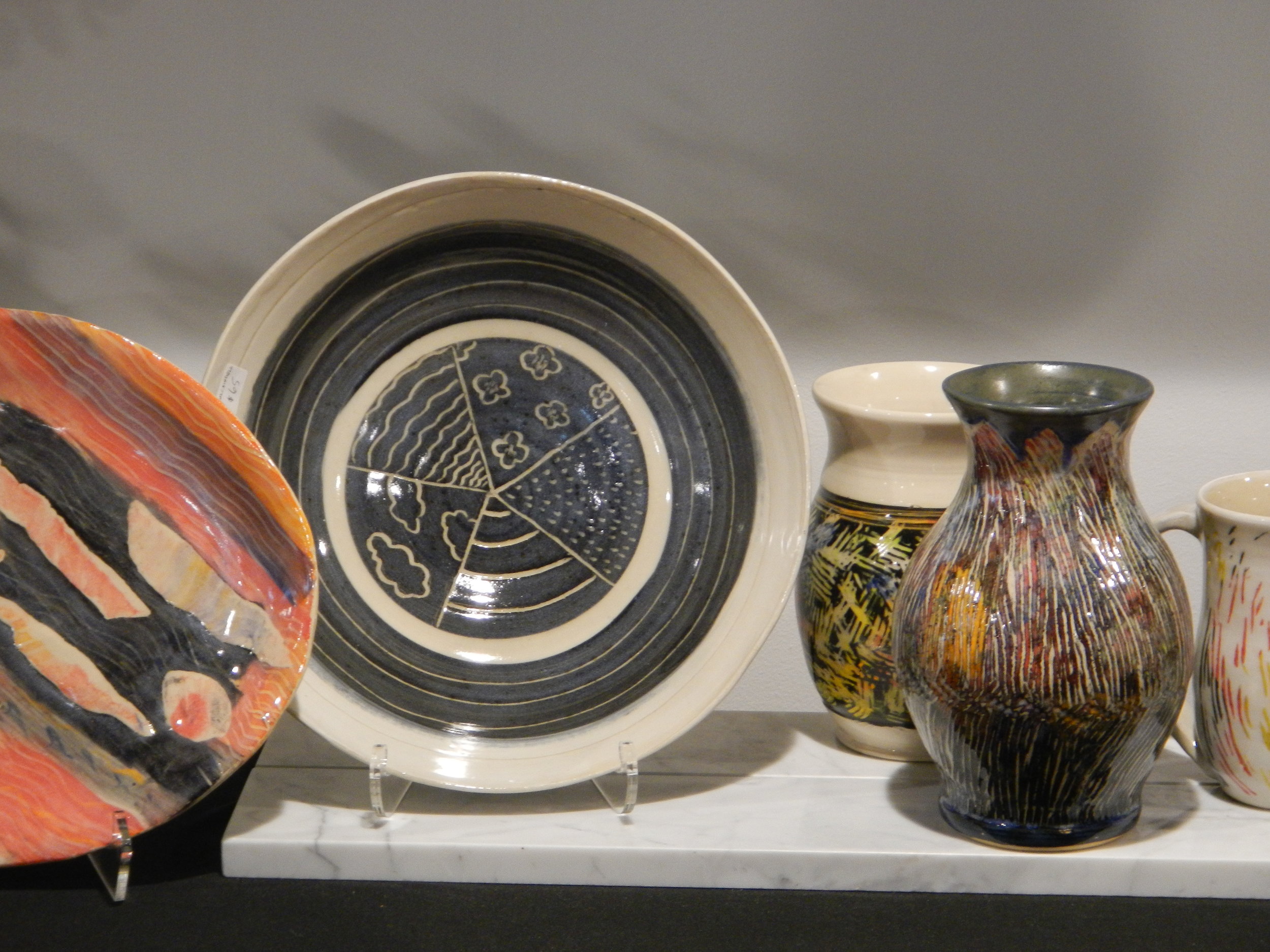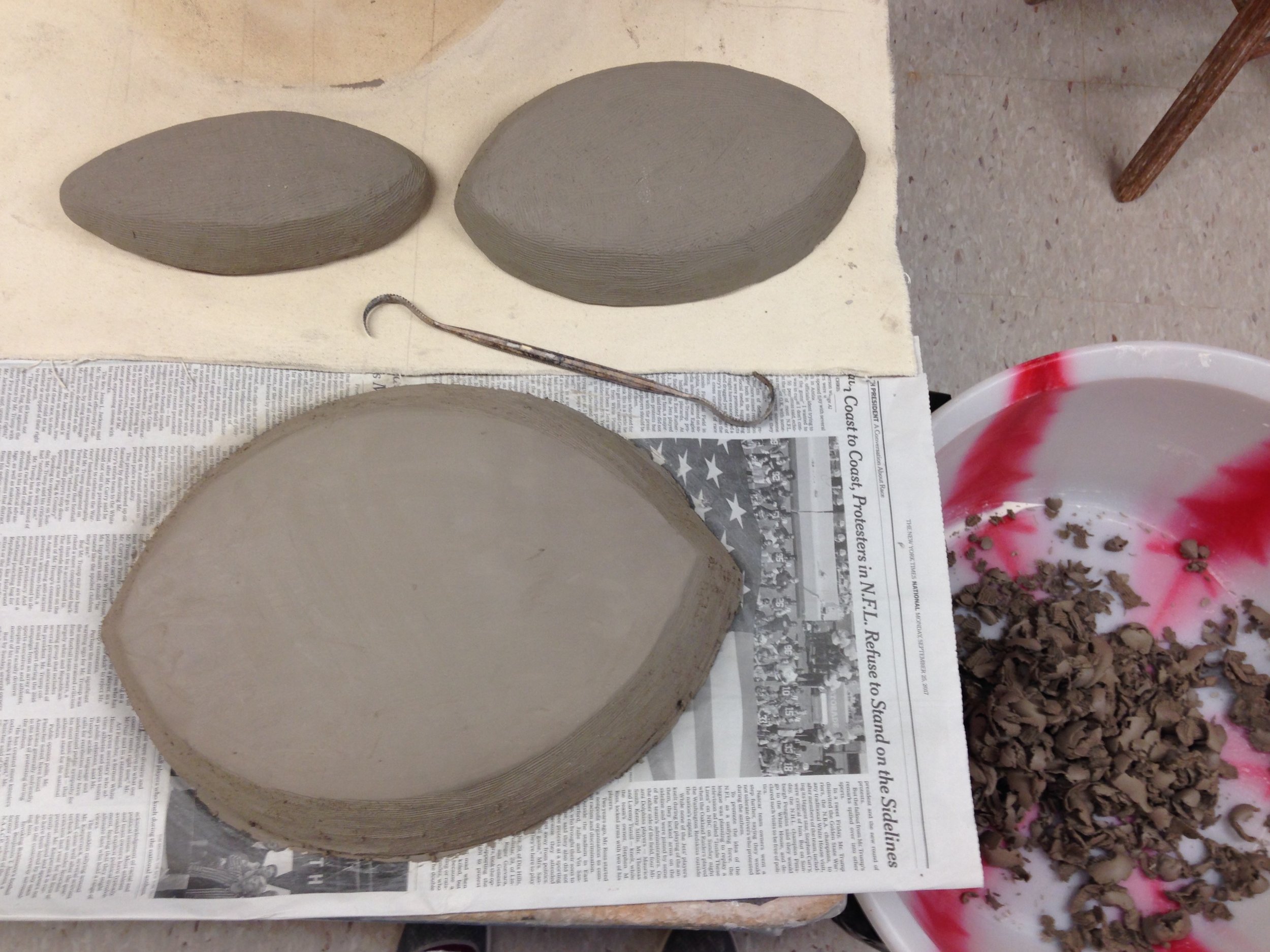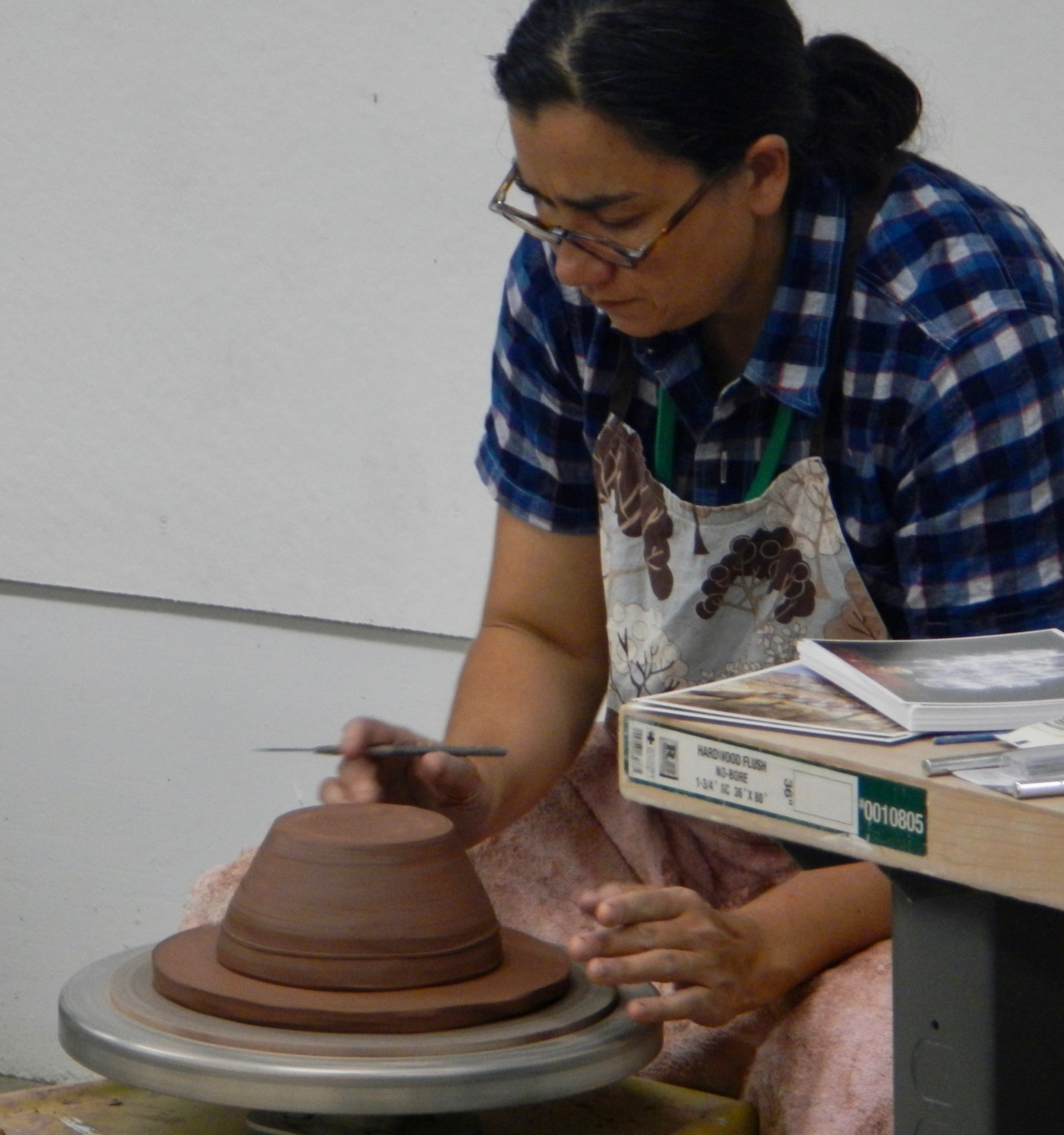I'll get my swap for it on Wednesday!
The drive down to Virginia on Sunday was long. Susan drove (it's her car) and Beth, Tzu and I rode along as passengers. It took 9 1/2 hours with a couple too many stops, but here we are. Anticipation was high. Susan and Beth and I have been to this symposium before. Tzu has not, but she is just as psyched as we are. Now that we begin Tuesday, Day 2, it's time to recap Monday, Day 1!
Monday morning after breakfast, with the symposium registration hours not over till 4:30 pm, we four took a drive to Floyd, VA, about an hour away. That was explore an interesting place. Floyd is a spread-out town on rolling hills, sparsely populated but with a surprisingly high concentration of artists of one kind or another. One administrator/artist we met at the art center there theorized a notion that Floyd is in a convergence spot of ley lines, like Sedona, Arizona. Whatever the reason, Floyd has creative energy in the air.
Back at Hollins, we had our introduction and outline of the symposium events from artist, teacher, founder and organizer Donna Polseno, who has fed my WWWCS habit for several years now and to whom I send a metaphorical hug all year for it. People were meeting and greeting each other. After dinner we met our opening keynote speaker, Winnie Owens Hart. Artist, educator, author and critical thinker, as Donna described her, Winnie is also funny as all get out and outstandingly honest to boot- an excellent thing in a clay artist (or anyone). She has spent years of both physical and intellectual concentration growing to understand, celebrate and work in pottery, particularly in immersion and scholarship drawn from the African cradle of this very old craft. The traditions remain in their home areas in Africa, still being passed from mother to daughter. It was an extremely accessible presentation because Winnie lived the things she talked about, and her images and descriptions gave visual aid.
Ms. Hart Owens wanted us to think about what we think we know, and what is it that we need to travel to other places to know. Winnie advised us to go out and see the world. A myth, she said, is a fantastic story that impressed you when you were younger, but when you got older you found ridiculous. In her way she has explored myths and realities, in her travels and in her art.
She talked about her own journey, from her origins in the southern US, on through a great deal of time spent in Ghana and Nigeria and Burkina Faso, and the clay-working women she got to know in those places. She taught there and learned by helping make pottery, and photograph and chronicle pottery making and the people who did it.
Back in the US, so that Winnie could have her own say in what she made from clay, she decided she was not going to make her living from making clay work, but would make it from teaching instead. That way she would not be bound by the necessity to make particular objects when she did do her work, but explore her own path. As a result, she went to teach at Haystack in Deer Isle, Maine, 24/7 to work- "and I was there all the time", she told us. Briefly: She is interested in work.
Her work has been influenced not just by the African roots of pottery, but by the historical experience of evil and intolerance in the world, including the oppression and cruelty levied by self-named "religious people". We saw work referencing enforced genital mutilation of girls, which happens across a number of cultures and places, for example, and a we saw the image of her pot showing the lynching of black men all around the rim and using symbols of hate on pot's surface.
Considering the seriousness of the important topics covered, Ms Owens Hart presented with wit and humor. Best of all- this is what you want from a keynote speaker- the keynote speech was thought provoking and maximally engaging.

